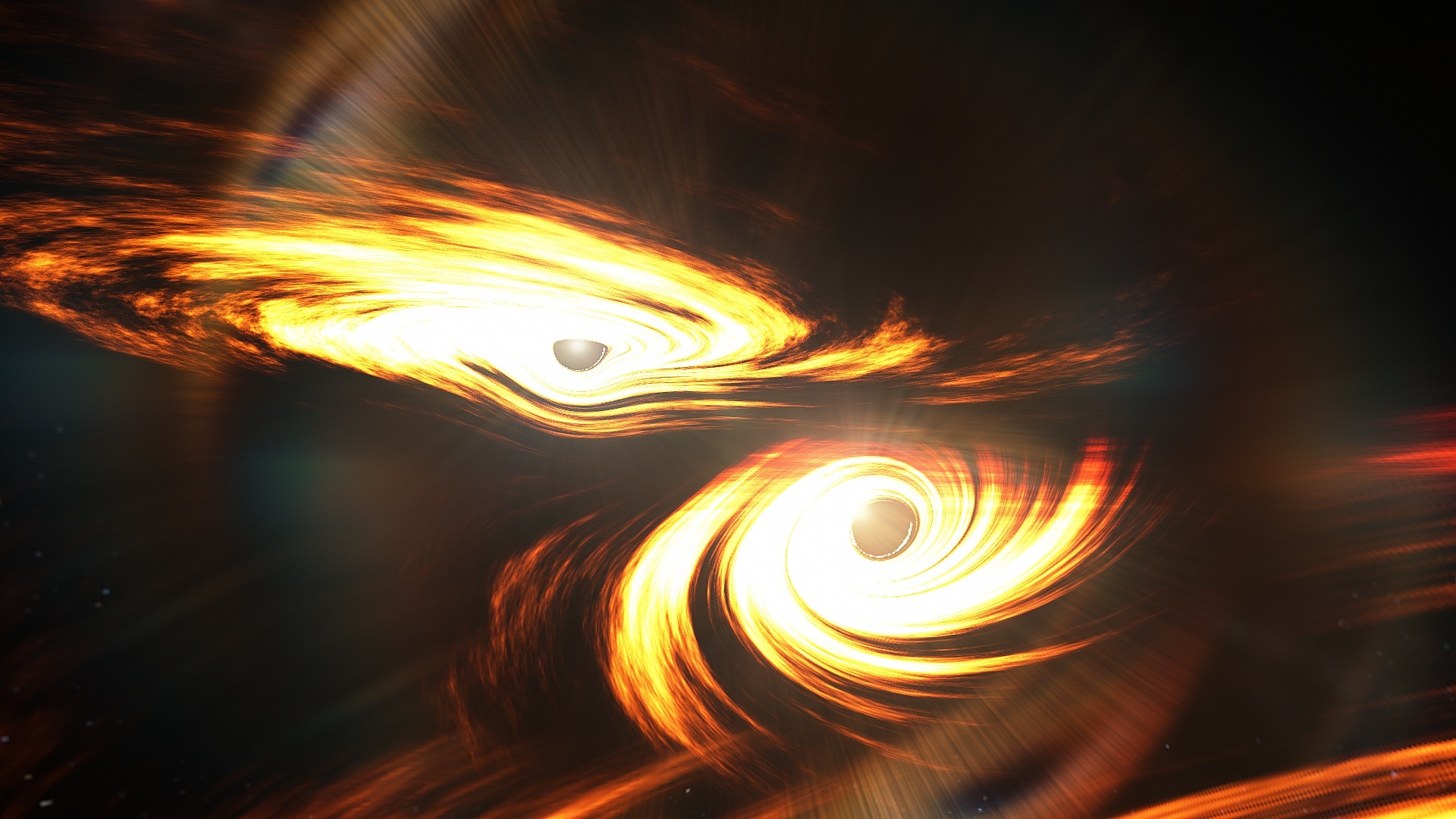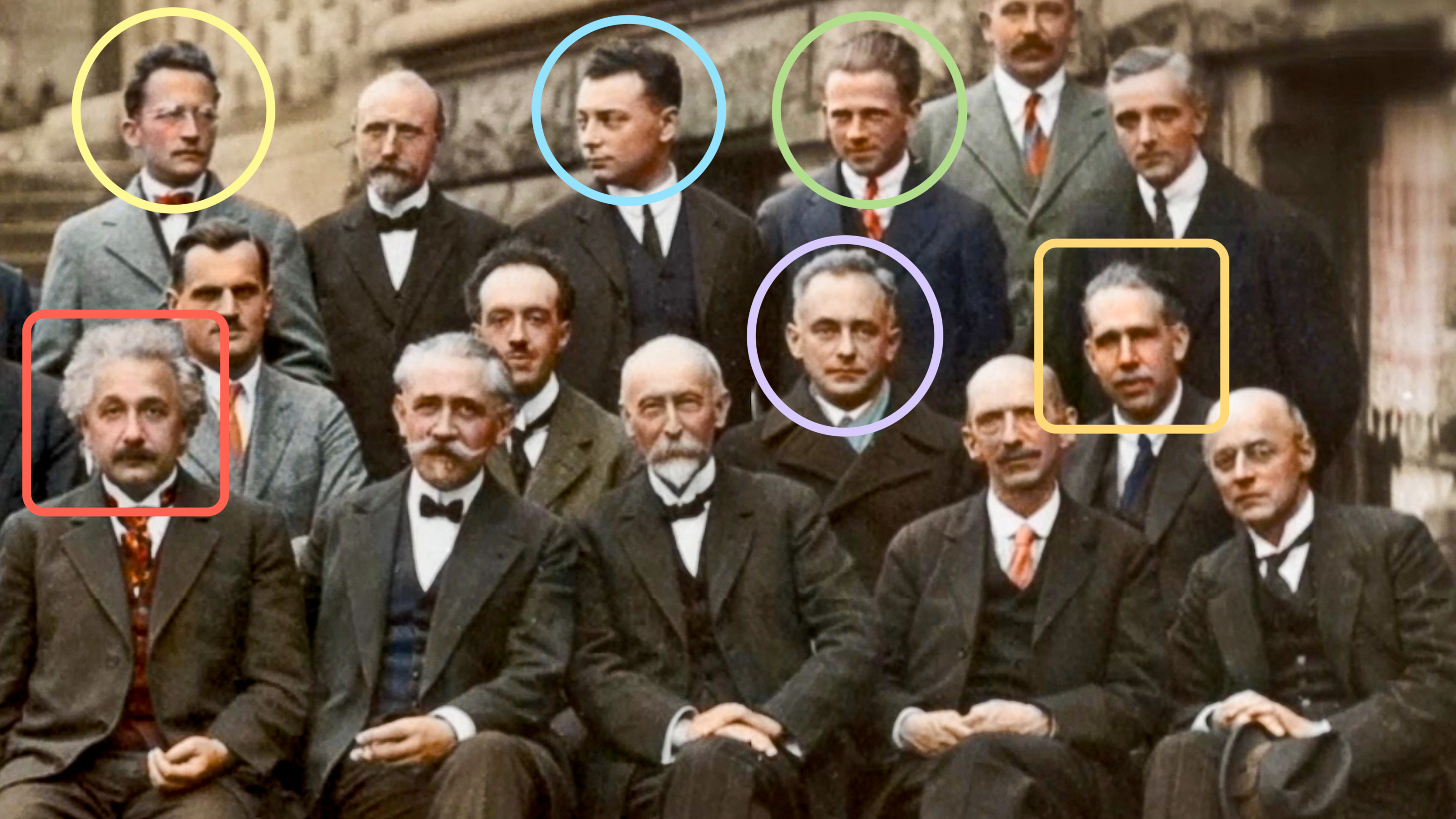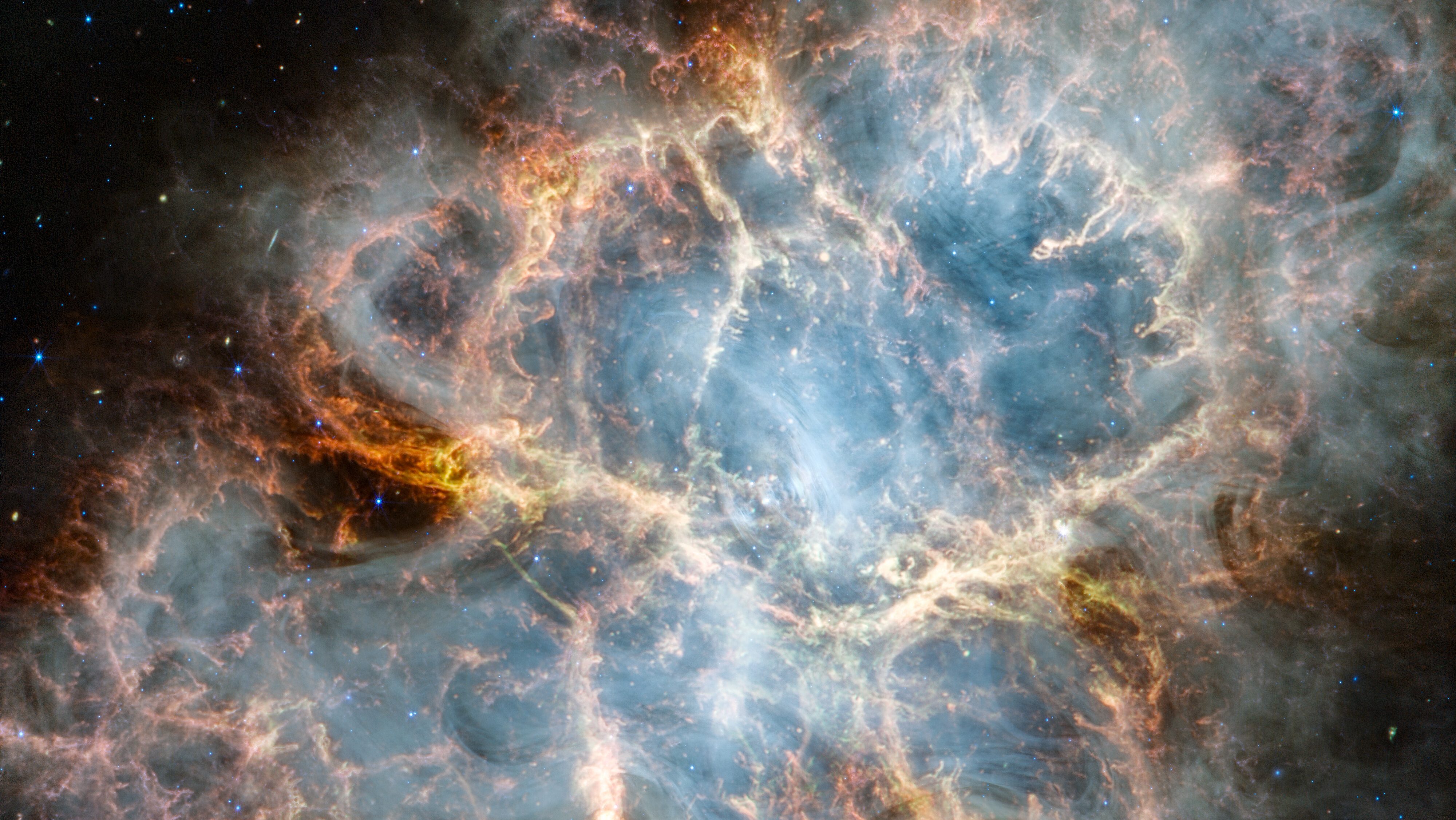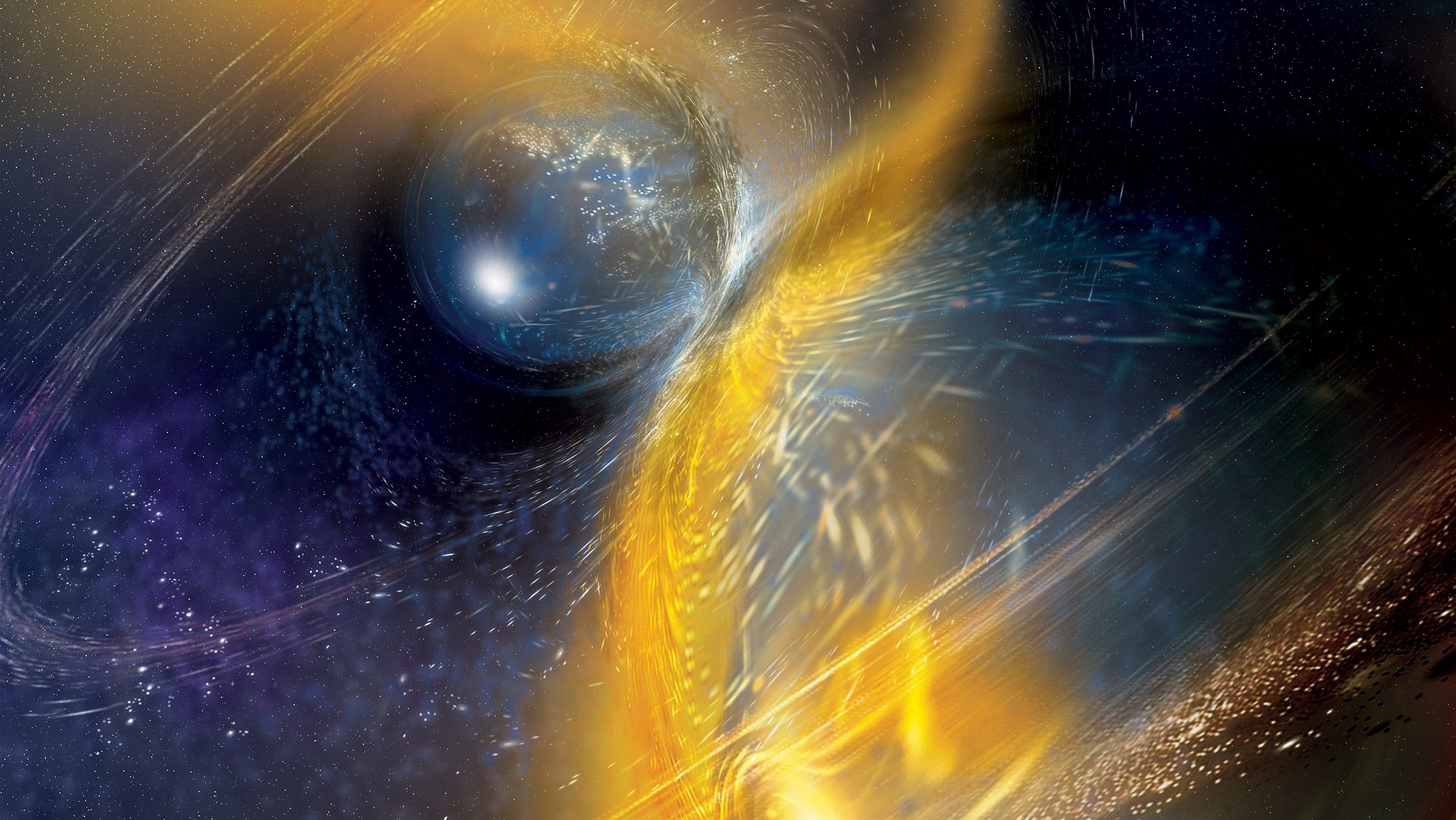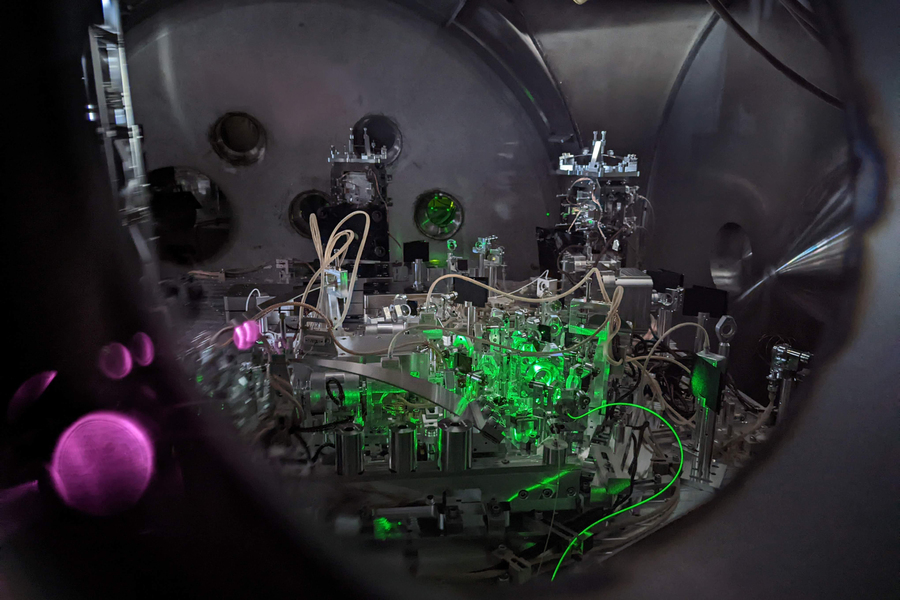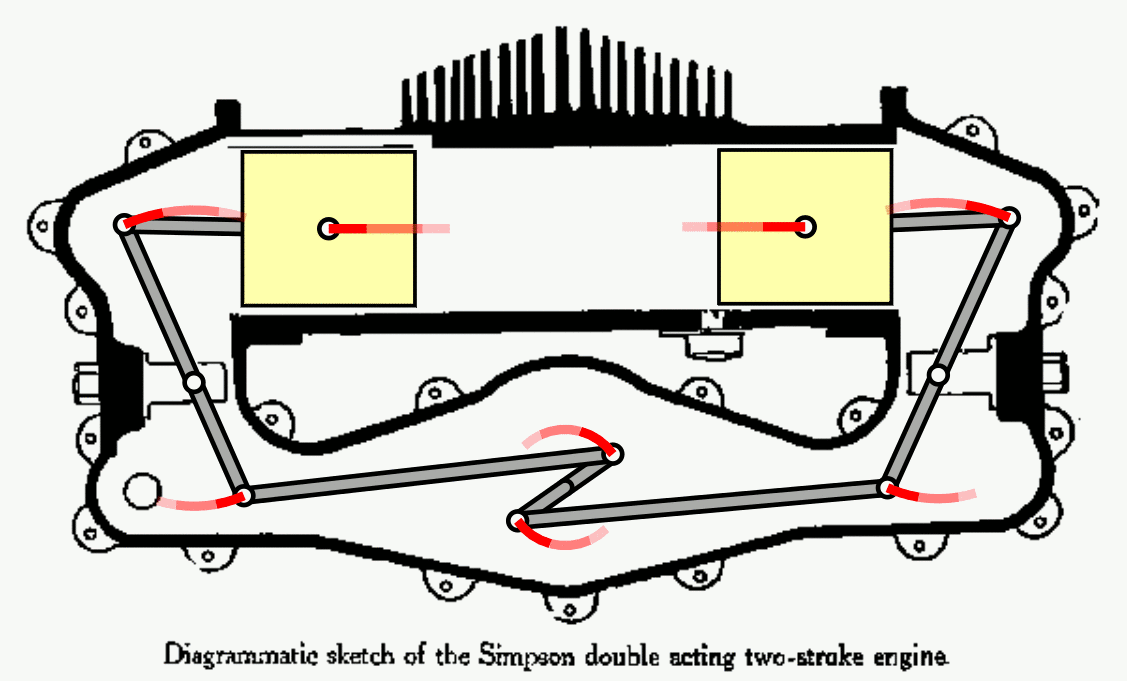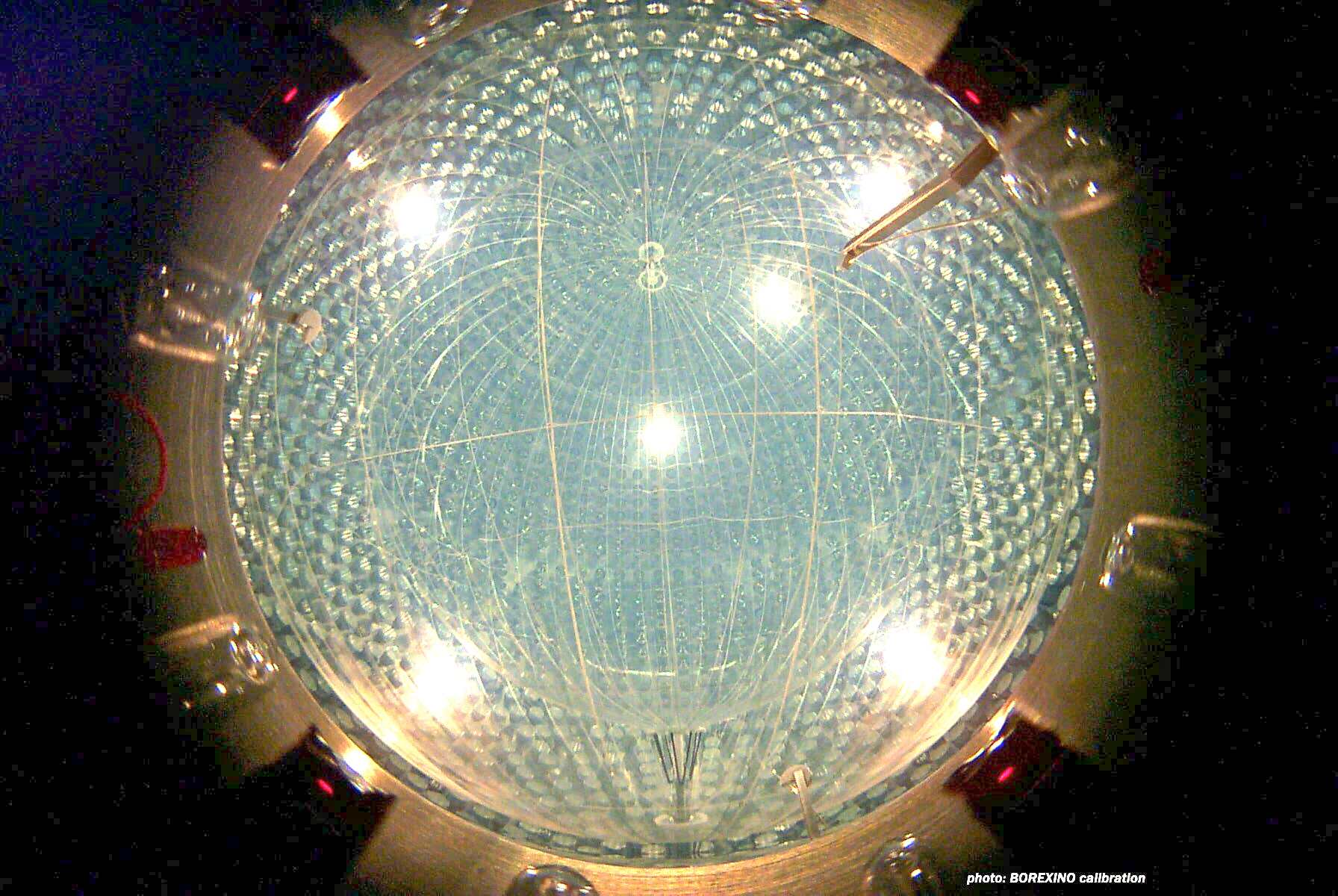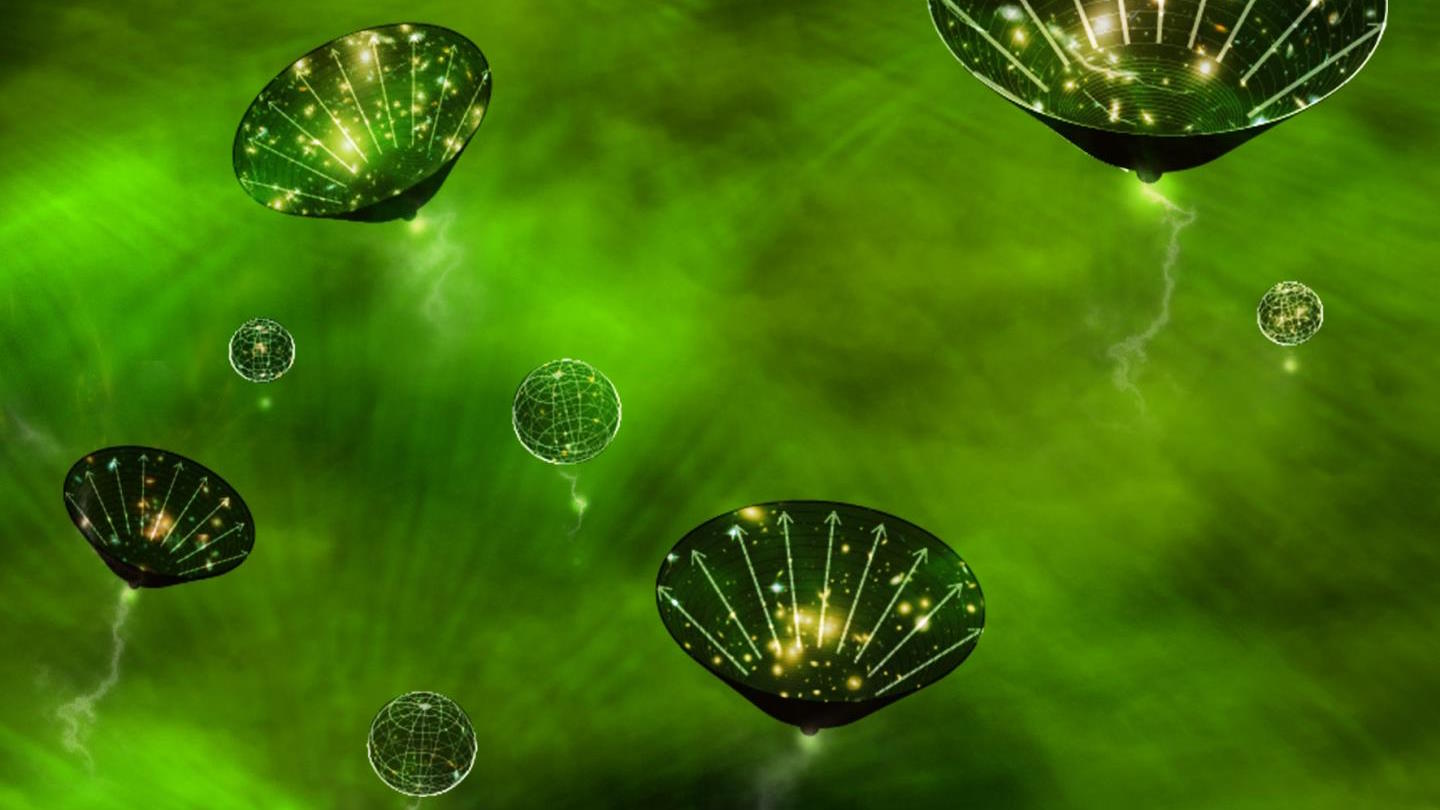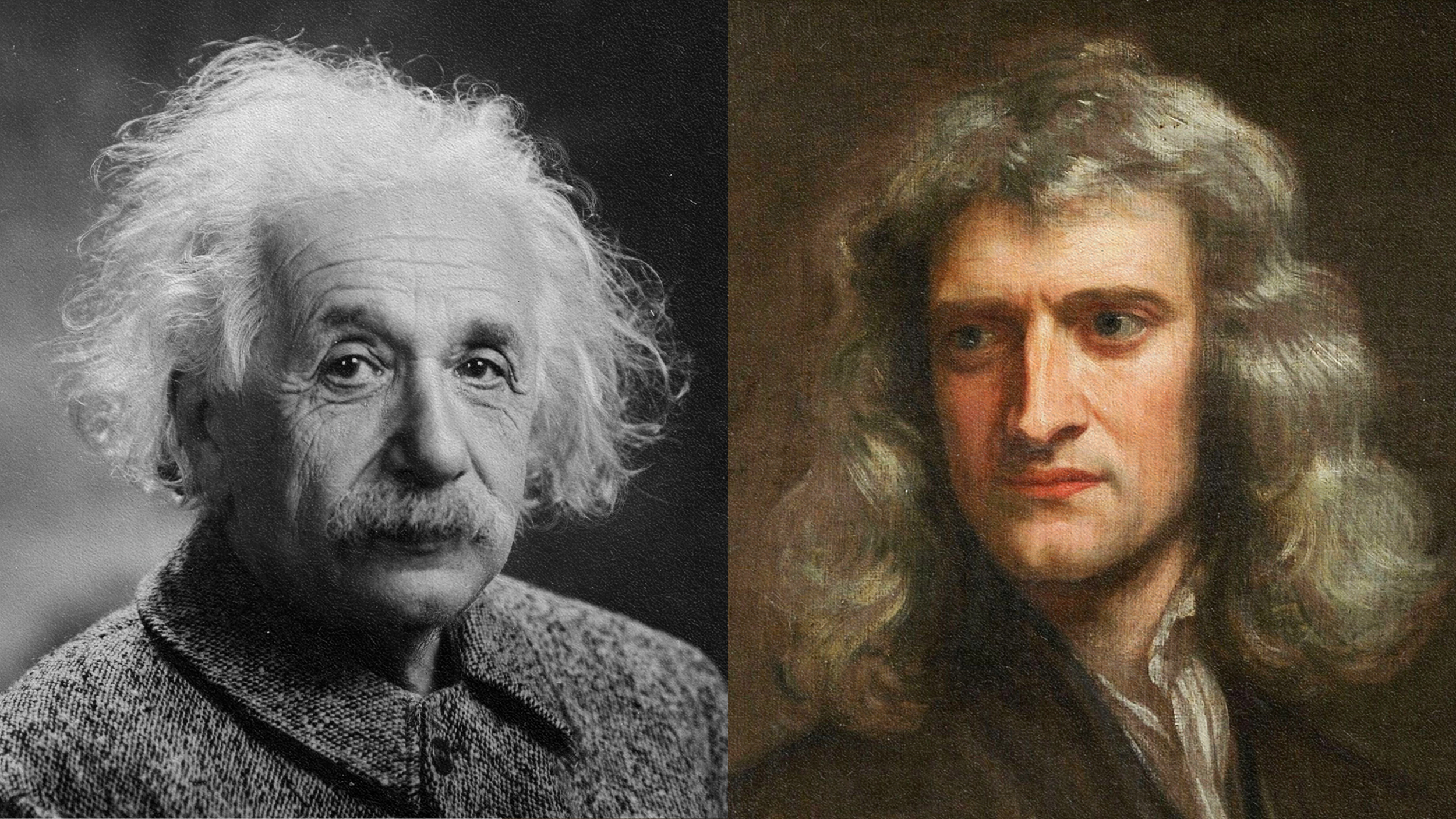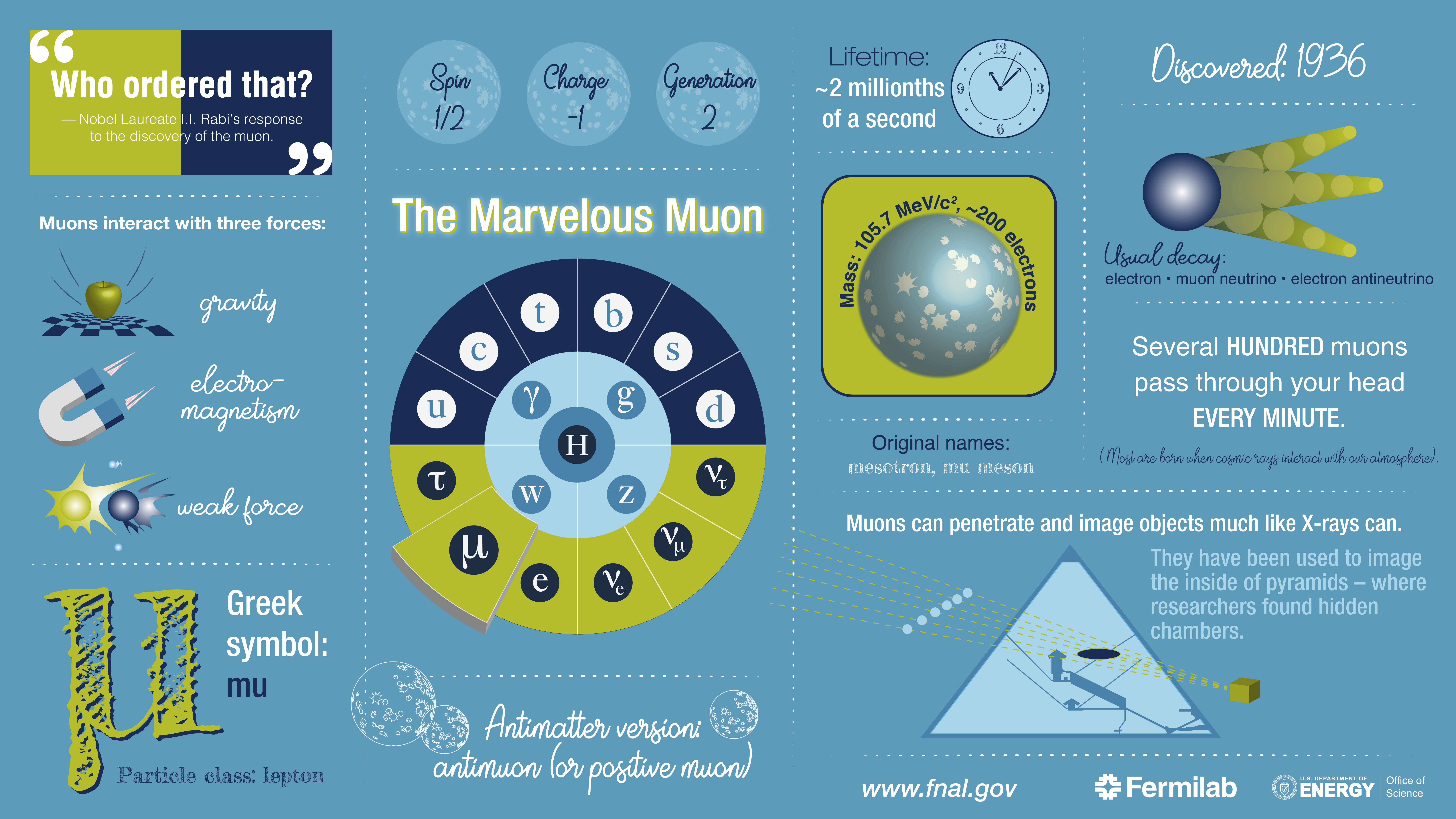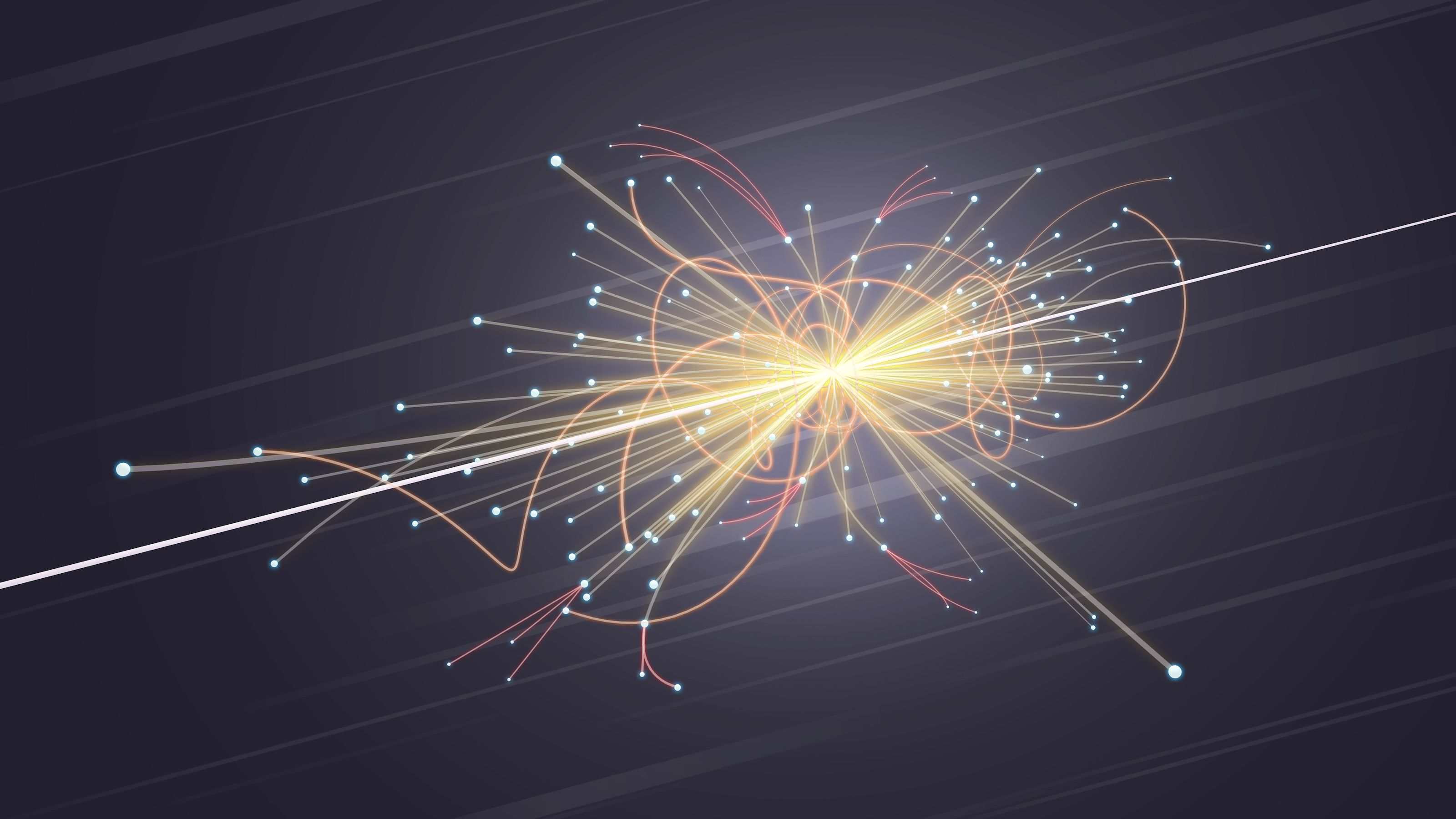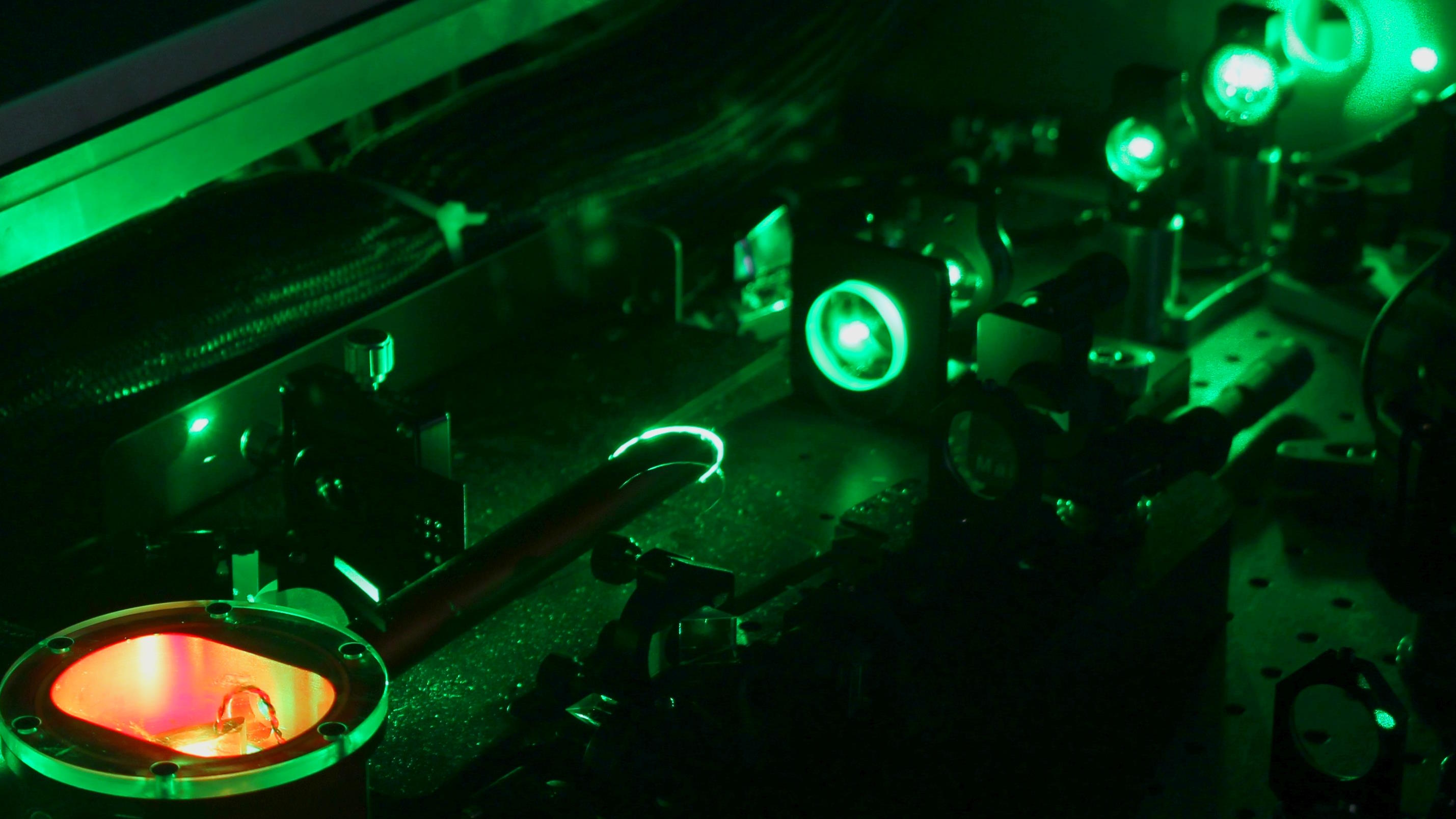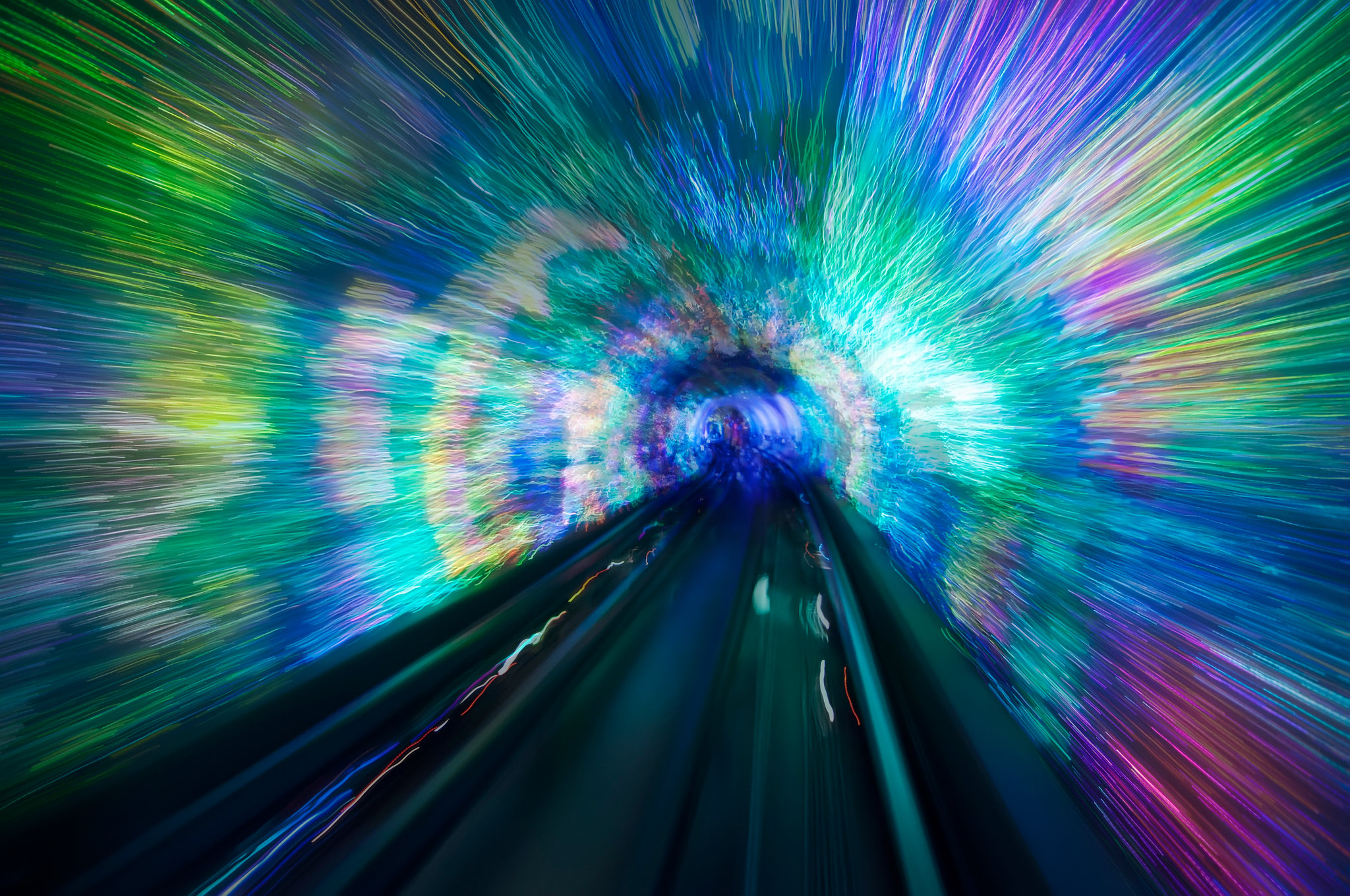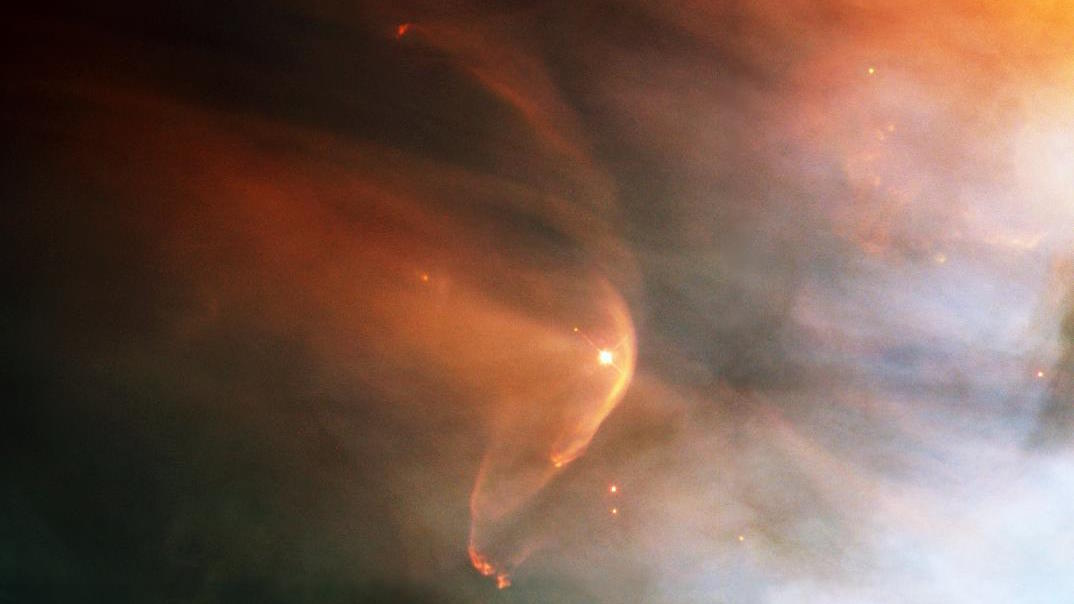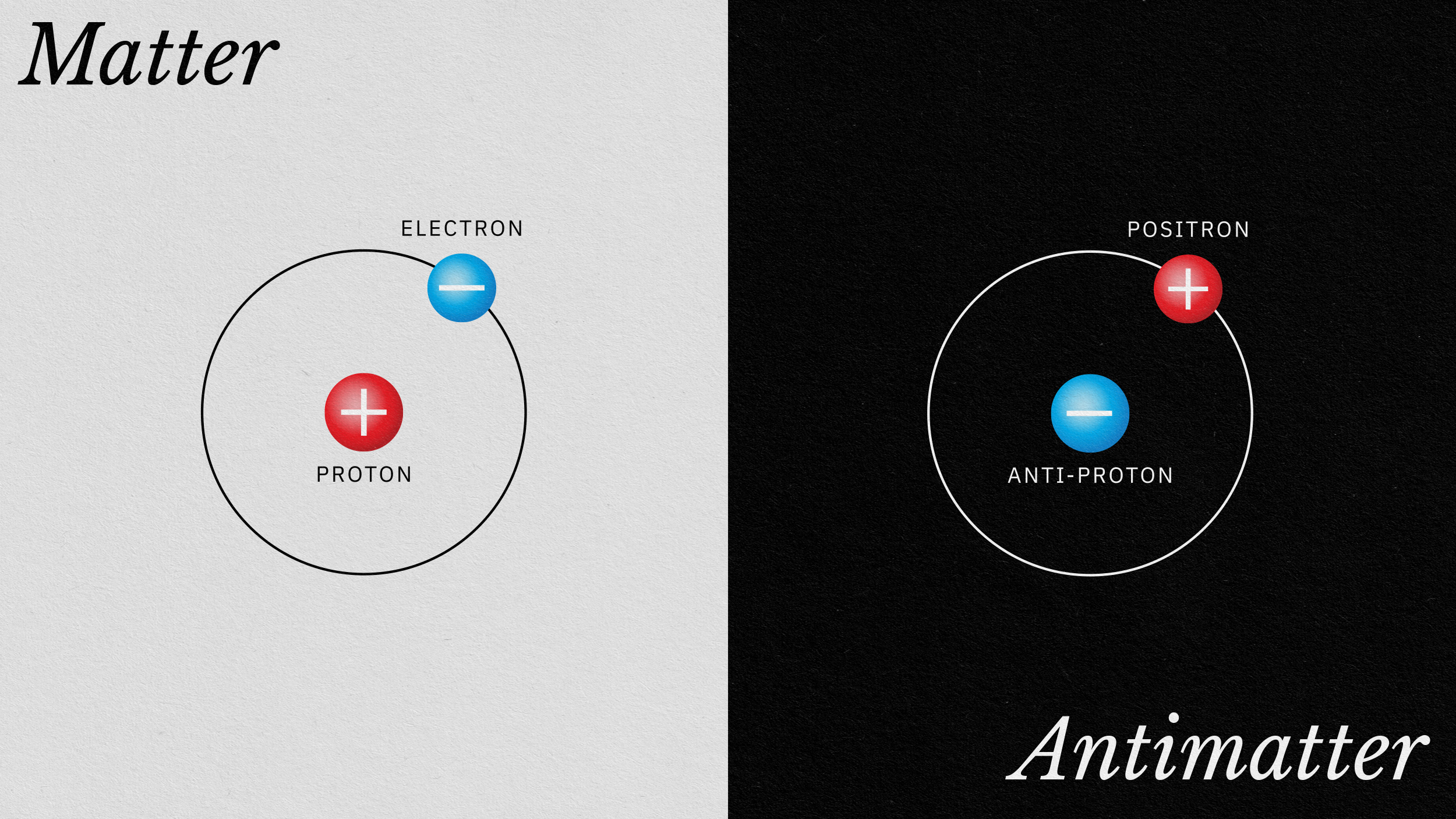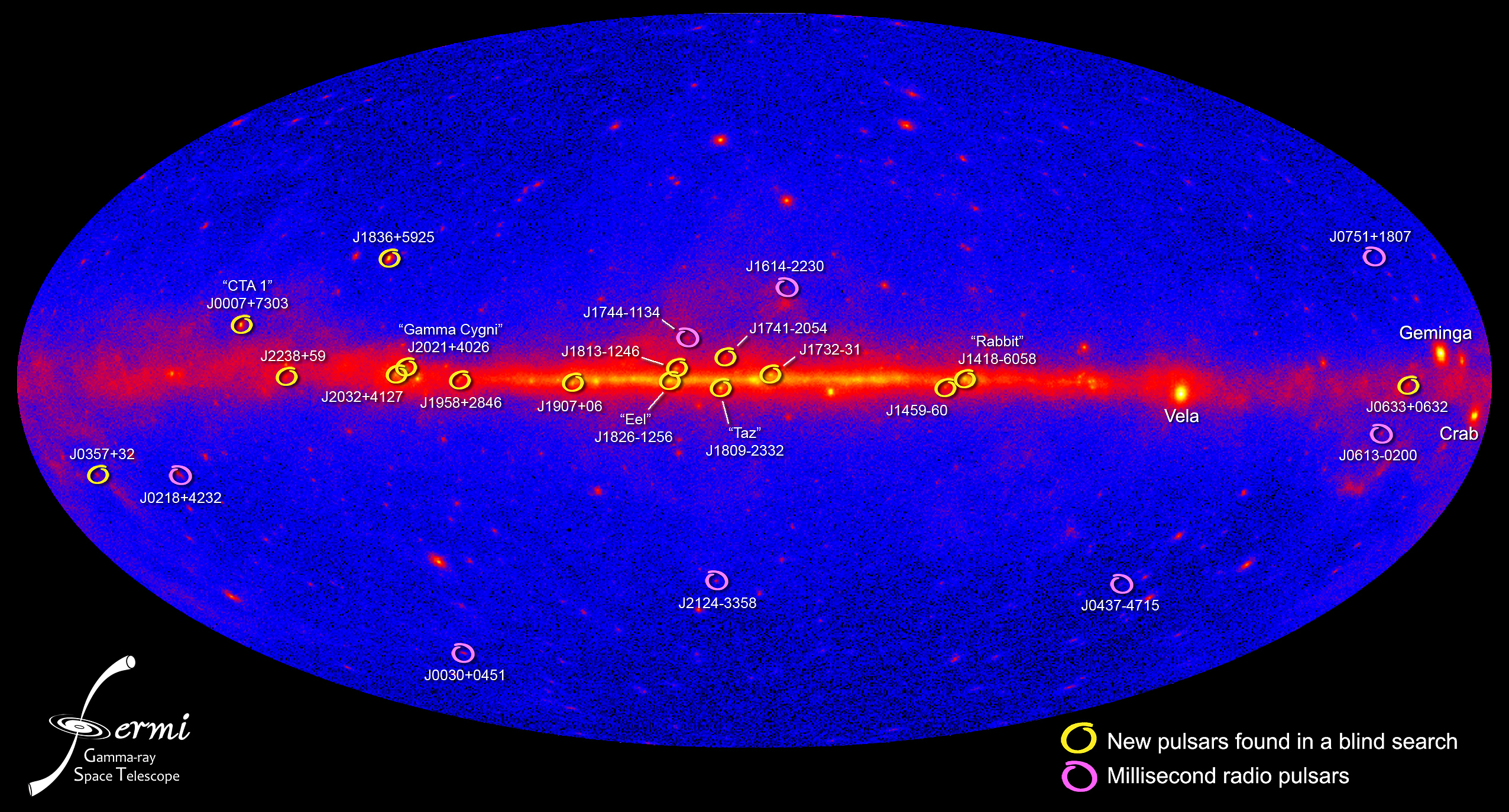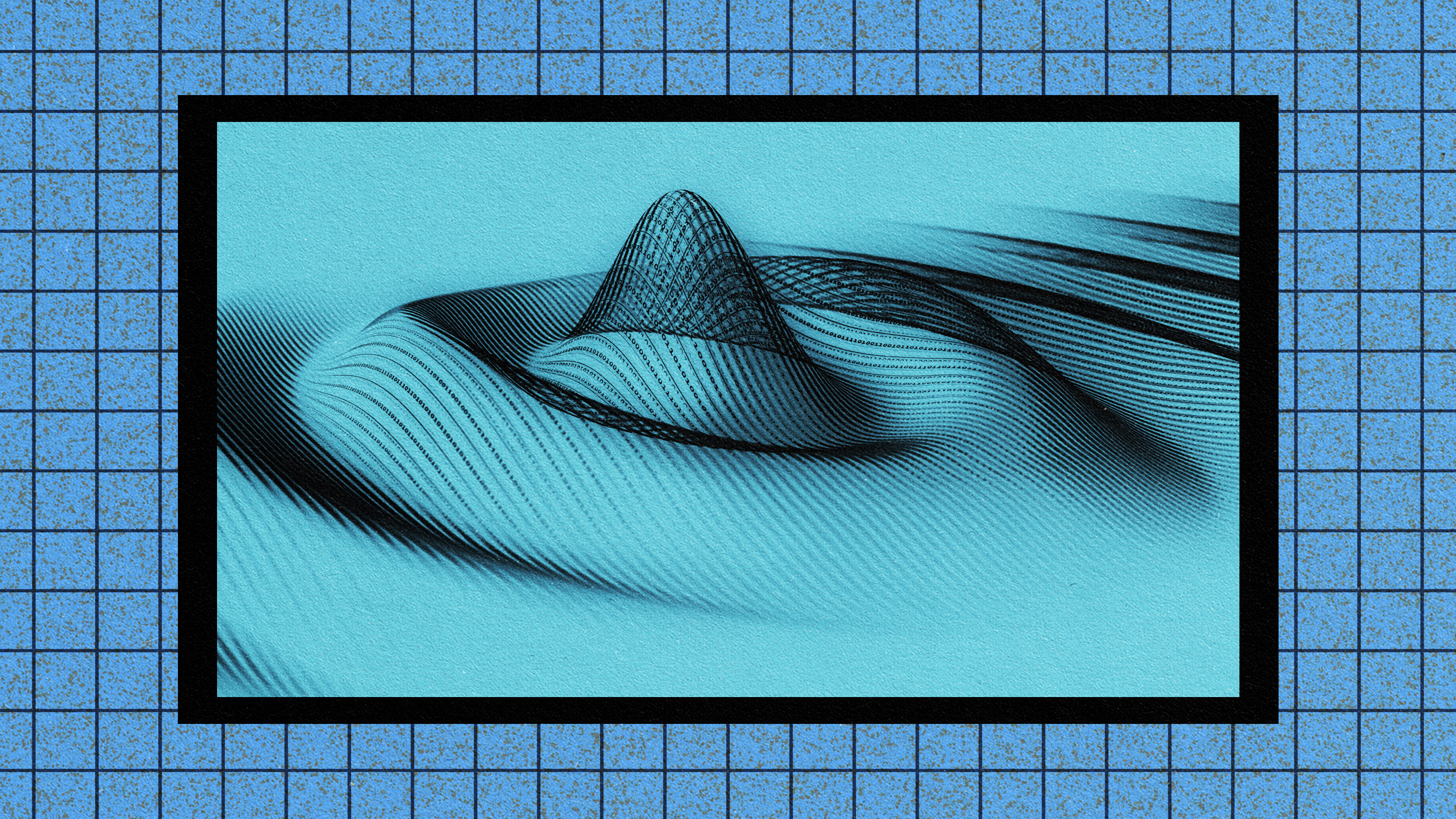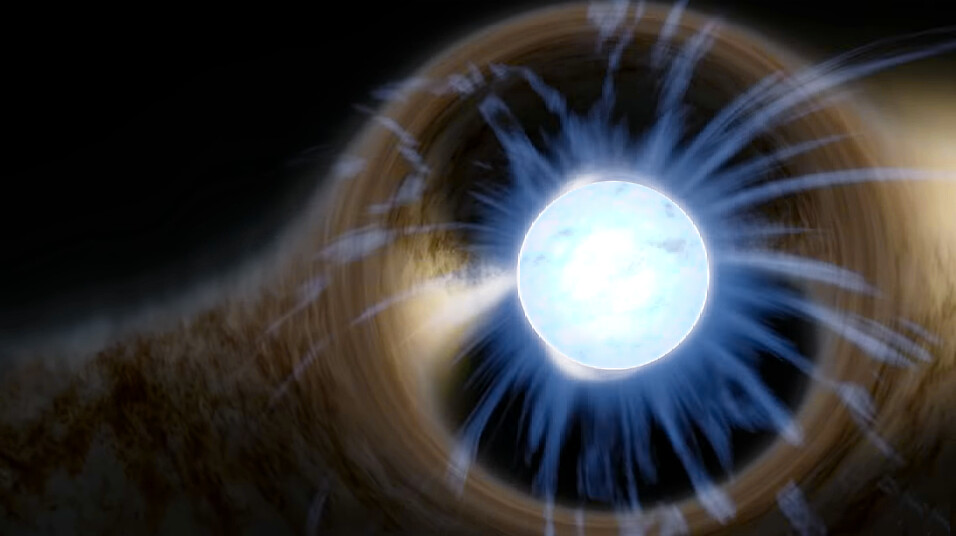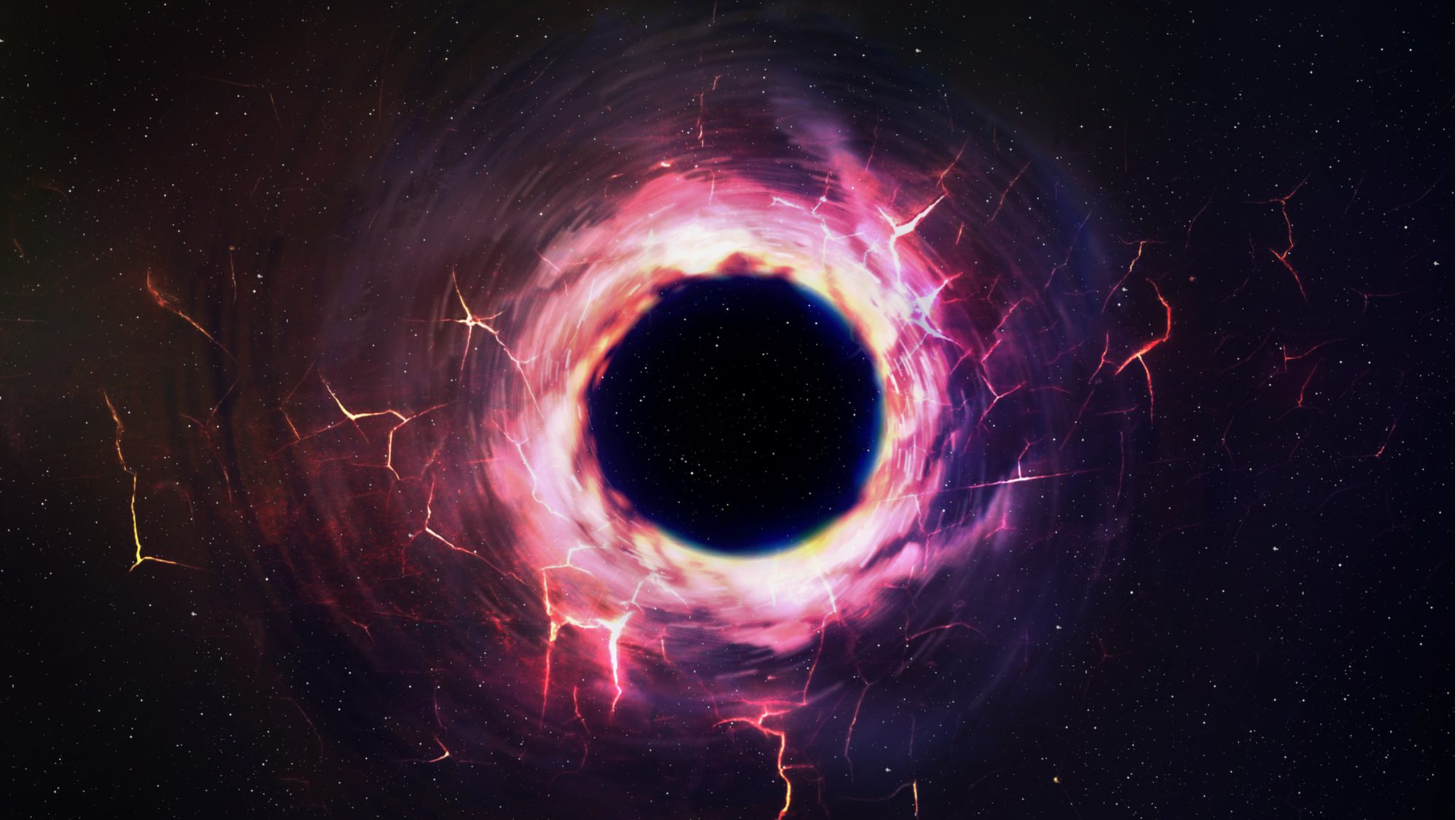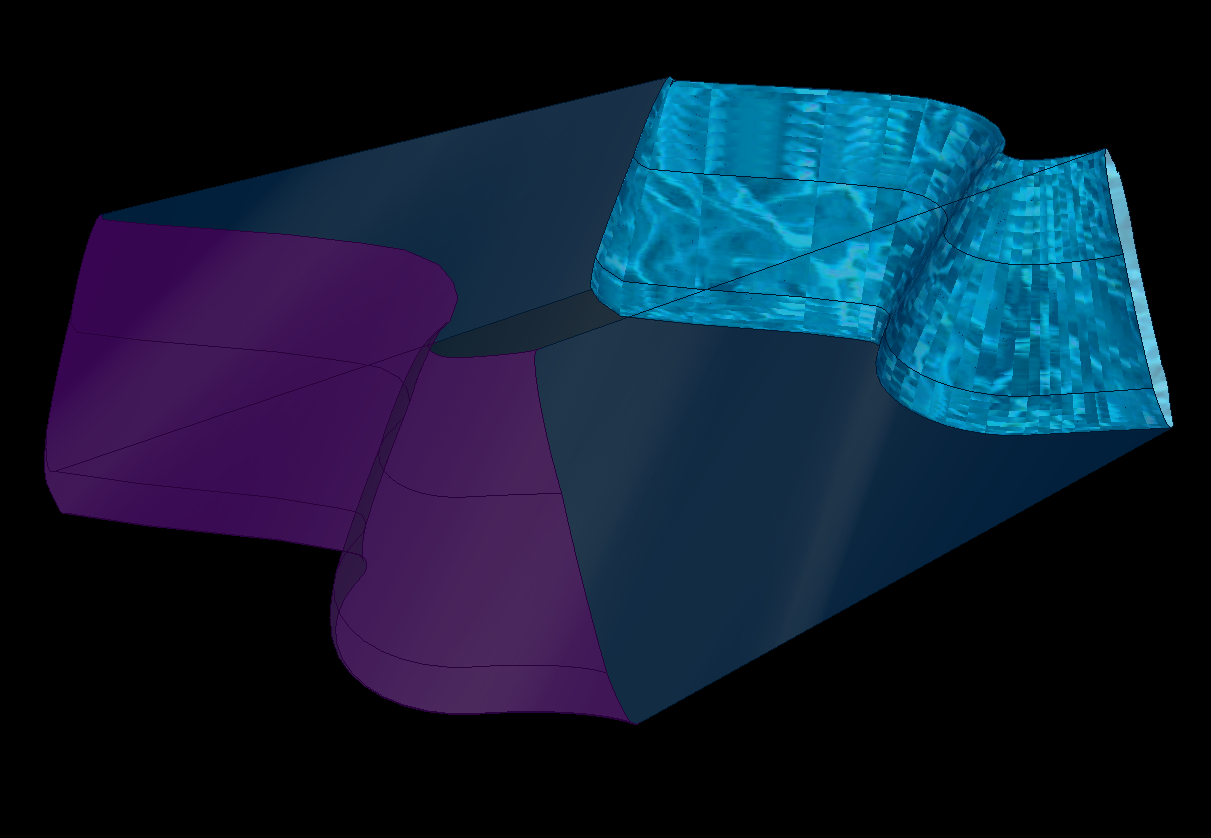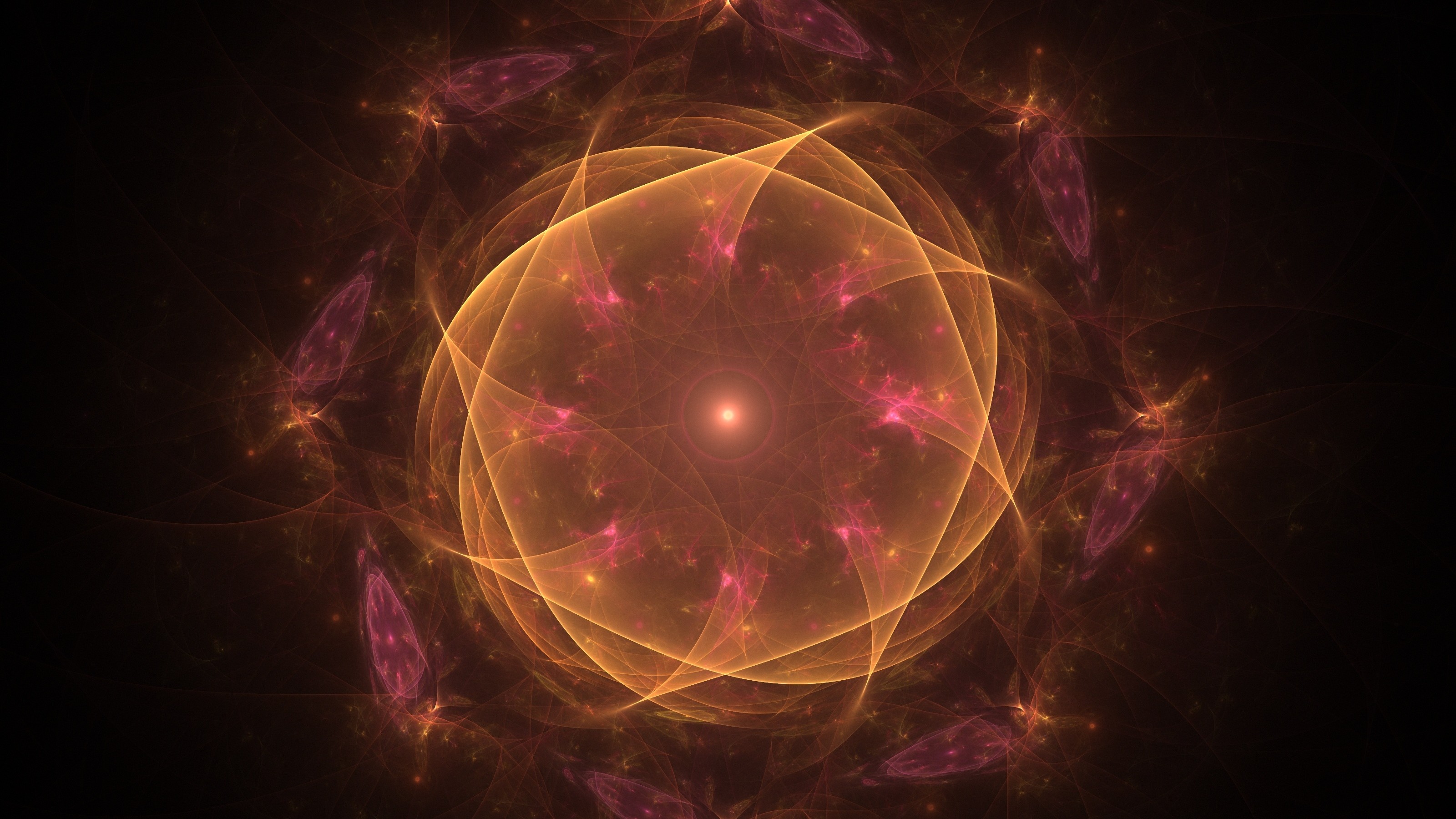particle physics
All matter particles can act as waves, and massless light waves show particle-like behavior. Can gravitational waves also be particle-like?
The combined intellectual heft of multiple “big thinkers” delivered arguably the most successful scientific theory in history.
In 1054, a core-collapse supernova occurred 6500 light-years away. In 2023, JWST imaged the remnant, and might solve a massive mystery.
If you said “with the Big Bang,” congratulations: that was our best answer as of ~1979. Here’s what we’ve learned in all the time since.
In 2017, a kilonova sent light and gravitational waves across the Universe. Here on Earth, there was a 1.7 second signal arrival delay. Why?
There’s a quantum limit to how precisely anything can be measured. By squeezing light, LIGO has now surpassed all previous limitations.
The second law of thermodynamics is an inviolable law of reality. Here’s what everyone should know about closed, open, and isolated systems.
Back during the hot Big Bang, it wasn’t just charged particles and photons that were created, but also neutrinos. Where are they now?
From ancient Greek cosmology to today’s mysteries of dark matter and dark energy, explore the relentless quest to understand the Universe’s invisible forces.
From the Big Bang to black holes, singularities are hard to avoid. The math definitely predicts them, but are they truly, physically real?
Isaac Newton and Albert Einstein are locked in an eternal battle over the nature of gravity. Whose side are you on?
From unexplained tracks in a balloon-borne experiment to cosmic rays on Earth, the unstable muon was particle physics’ biggest surprise.
2023’s Nobel Prize was awarded for studying physics on tiny, attosecond-level timescales. Too bad that particle physics happens even faster.
The question of why the Universe is the way it is is an ancient one, and none of the answers we have come up with are satisfying.
With such a vast Universe and raw ingredients that seem to be everywhere, could it really be possible that humanity is truly alone?
If nature were perfectly deterministic, atoms would almost instantly all collapse. Here’s how Heisenberg uncertainty saves the atom.
Our greatest tool for exploring the world inside atoms and molecules, and specifically electron transitions, just won 2023’s Nobel Prize.
In the quest to measure how antimatter falls, the possibility that it fell “up” provided hope for warp drive. Here’s how it all fell apart.
The laws of physics don’t prefer matter over antimatter. So how can we be certain that distant stars & galaxies aren’t made of antimatter?
Sci-fi enthusiasts have long hoped that a substance called antimatter might experience gravity opposite that of ordinary matter. It doesn’t.
The hot Big Bang was an energetic, brilliantly luminous event. Today’s Universe is alight with stars. But in between, the dark ages ruled.
An enormous amount of antimatter is coming from our galactic center. But the culprit probably isn’t dark matter, but merely neutron stars.
Is it like a tiny ball — or what?
Neutrons can be stable when bound into an atomic nucleus, but free neutrons decay away in mere minutes. So how are neutron stars stable?
Dark matter hasn’t been directly detected, but some form of invisible matter is clearly gravitating. Could the graviton hold the answer?
The matter that creates black holes won’t be what comes out when they evaporate. Will the black hole information paradox ever be solved?
When it comes to predicting the energy of empty space, the two leading theories disagree by a factor of 100 googol quintillion.
Three fundamental forces matter inside an atom, but gravity is mind-bogglingly weak on those scales. Could extra dimensions explain why?
A relatively new interpretation of quantum mechanics asks us to reimagine the process of science itself.
